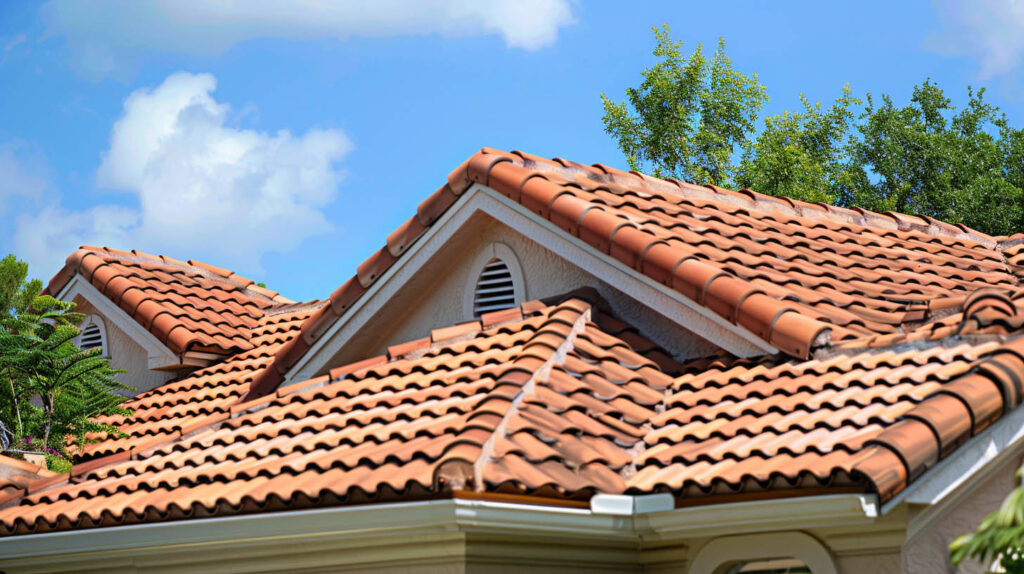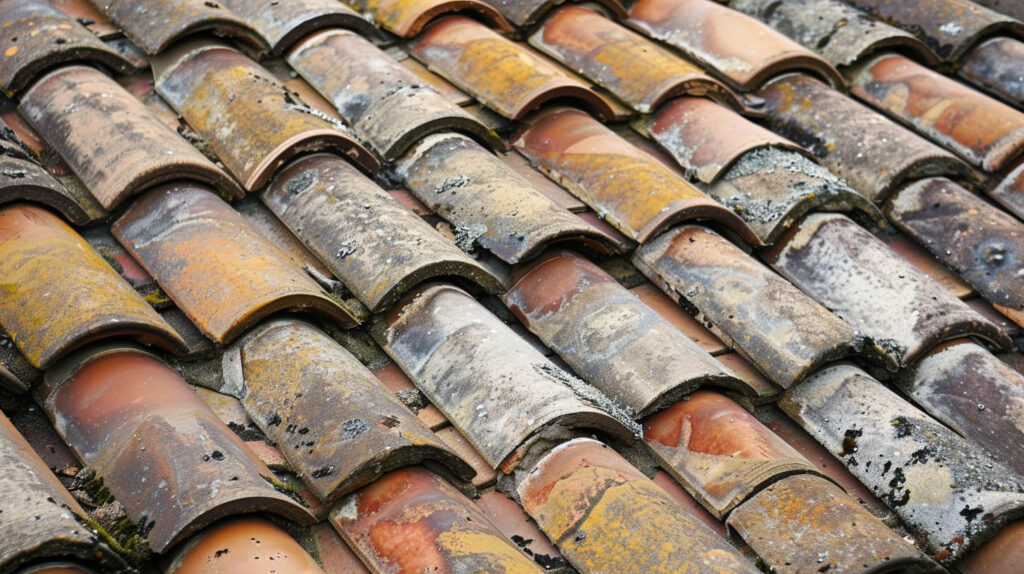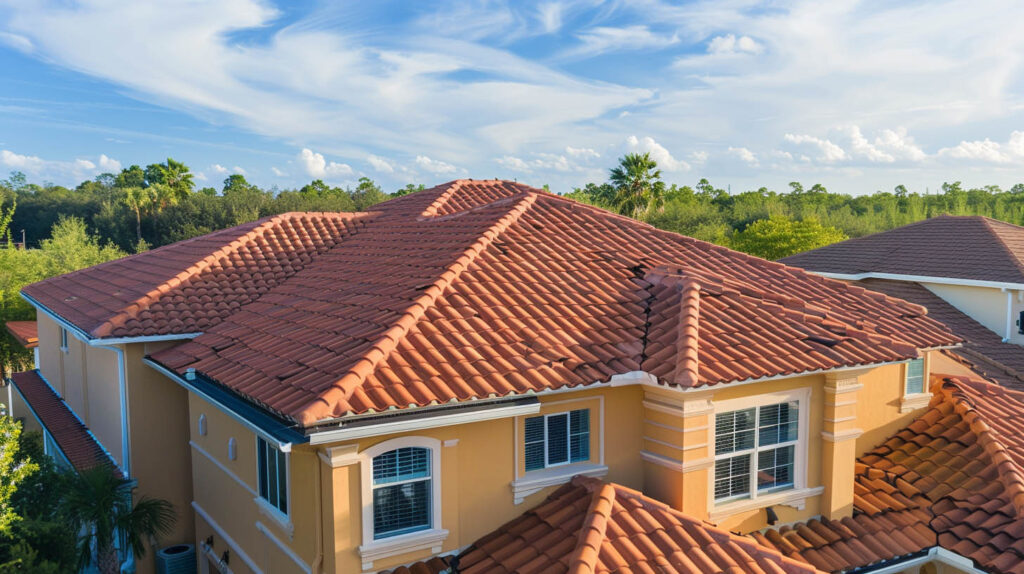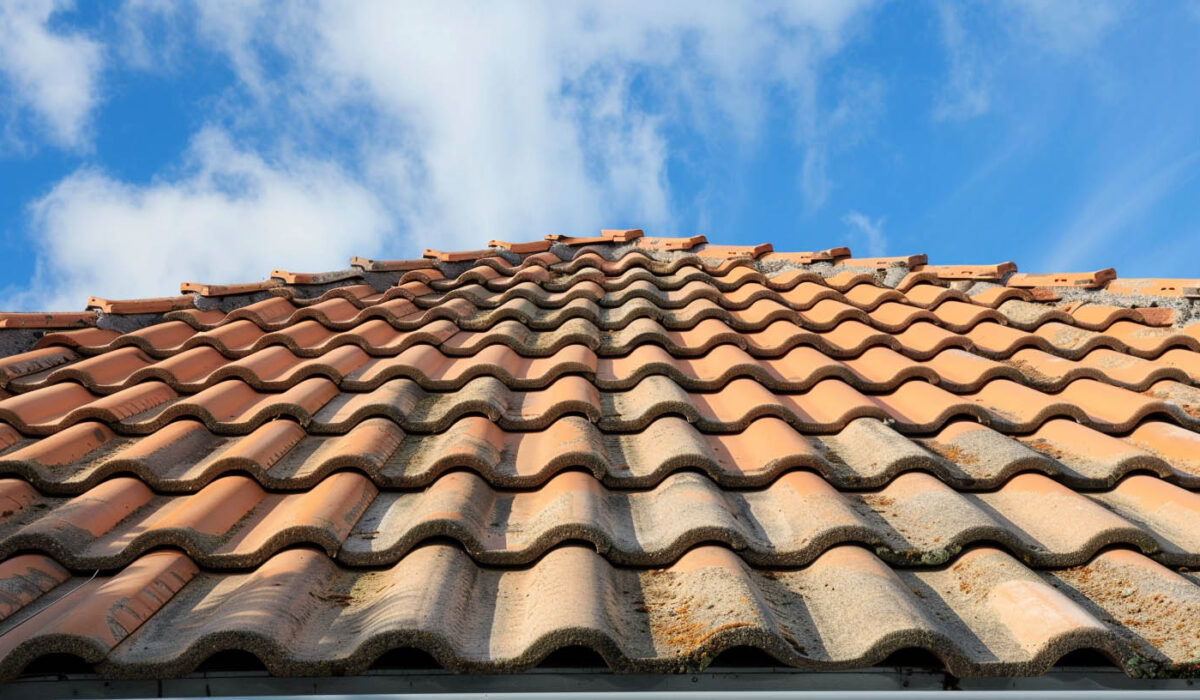Your tile roof does more than just keep water, wind, and sun away from your home. It helps keep your house strong and safe. In San Diego, CA, the sun gets hot and storms can be rough, so it is very important to take good care of your roof. At Tile Roofing San Diego, we specialize in providing top-notch roof inspections and maintenance services to ensure your roof remains in optimal condition. With our expertise, you can catch small problems early, preventing water damage and avoiding a costly roof replacement later on. Noticing warning signs soon keeps your home safe and gives you peace of mind. Keep reading to find out what signs to look for, and trust us to help you make sure your roof gets the care it needs.
Why Timely Inspections Matter
Tile Roofing San Diego is your go-to expert for all your tile roofing needs. With a dedicated team of professionals, we pride ourselves on providing top-notch service to ensure your roof remains in optimal condition. Our experienced technicians are skilled at identifying the signs that your tile roof may need attention, helping you avoid costly repairs down the line. Trust us to deliver quality workmanship and reliable solutions tailored to your specific roofing concerns. Don’t wait until it’s too late—contact us today for a thorough inspection and peace of mind.
Contact UsUnique Weather Challenges in Southern California
Southern California presents a unique set of weather challenges that can impact the durability of tile roofs. The intense UV rays can lead to degradation of roofing materials, while heavy rain can exacerbate issues related to missing tiles or flashing. Temperature fluctuations between hot days and cooler nights may cause expansion and contraction, weakening the structural integrity over time. Regular inspections are vital, as these conditions can quickly turn small problems into serious damage requiring costly repairs or full roof replacement.

The Importance of Early Detection
Proactive awareness of your tile roof’s condition can significantly extend its lifespan. Early detection of minor issues such as cracked tiles or small leaks prevents progression into serious structural problems that demand expensive repairs. Scheduling regular inspections enables roofing professionals to identify warning signs before they escalate into bigger, costlier issues. This preventive maintenance not only safeguards your home’s structural integrity but also enhances energy efficiency, ultimately offering peace of mind in the long run. Investing in timely interventions pays off substantially.
Cracked, Broken, or Missing Tiles
Missing tiles, cracking, or other breakage are signs of a damaged roof. These signs of wear can leave the underlayment open to water leaks. This can then cause structural issues.
When you spot damage early, you get the chance to fix it before it gets worse. This helps keep out water and other things that could get in and cause serious problems. By keeping a close eye on your roof, you can avoid costly repairs down the line. This lets you keep your roof in good shape, hold on to your home’s curb appeal, and keep the value high.
How to Spot Tile Damage and What It Means
Identifying tile damage requires keen observation of the roof’s condition. Look for cracked, broken, or missing tiles, as these are major red flags signaling potential leaks or structural integrity issues. Discoloration, dark streaks, or green patches can indicate ongoing moisture problems beneath the surface. These issues, if left unchecked, may lead to further damage, compromised insulation, and higher energy bills. Regular inspections can provide peace of mind and help prevent costly repairs associated with significant roof deterioration.

Impact on Underlayment and Structural Integrity
Hidden beneath the visible tiles, the underlayment is crucial for protecting your roof’s structural integrity. Damage to this layer can lead to leaks, compromising insulation and energy efficiency. Roof leaks often indicate serious problems, allowing water to seep into your home, which can result in costly repairs down the line. Acting quickly when signs of underlayment failure arise can prevent significant damage and extend the life of your roof, protecting both your property and your peace of mind.
Water Stains Inside Your Home
Water stains, damp areas, or leaks that you see inside are usually signs of problems with the roof. These could be because the sealing is not good, some tiles are broken, or the layer under the roof is old.
If you do not act on these signs, water leaks can wreck the insulation, the ceiling, and the walls. Do not wait. These warning signs inside your home call for quick action, so you can stop structural damage. Doing regular inspections is the best way to keep out water and avoid bigger problems.
Common Leak Areas on Tile Roofs
Tile roofs, while durable, present common leak areas that require careful attention. Valleys and ridges often become critical zones where water can accumulate, potentially leading to serious structural problems. Additionally, areas around chimneys and skylights are frequent culprits for moisture intrusion due to improper flashing or seasonal wear. Regular inspections can identify these vulnerabilities early, preventing further damage and expensive repairs. Homeowners should prioritize monitoring these locations, as neglect could result in costly issues down the line.

When Moisture Signals a Need for Professional Help
Undetected moisture within your home can quickly escalate into serious structural problems. Common leak areas on tile roofs, including valleys and vents, may exhibit unmistakable signs such as water stains or damp patches. These early warning signs warrant immediate attention from a professional roofer to mitigate further damage. Failure to address these issues may lead to costly repairs, insulation damage, and a shorter lifespan for your roofing system. Recognizing these signals ensures your home remains protected against the elements.
Call Us 619-350-1086Conclusion
A tile roof’s condition significantly impacts the most important parts of your home. Regular inspections and early detection of signs of roof damage can prevent serious structural problems and costly repairs. By understanding the major red flags, you can safeguard your roof’s lifespan and maintain energy efficiency. Don’t wait for small problems to escalate; seek professional attention as soon as you notice warning signs. Peace of mind comes from proactive maintenance, ensuring your roofing system remains in good shape for years to come.
Frequently Asked Questions
How do you know when to replace a tile roof?
Signs such as too much wear, repeated water damage, and lower energy efficiency show it may be time to get a roof replacement. If you see leaks that do not stop, sagging, or missing tiles on your roof, you should call an expert to check the condition of your roof. They can help you talk about long-term options.
What’s the average lifespan of a tile roof?
The average lifespan of a tile roof typically ranges from 50 to 100 years, depending on the quality of materials, installation, and maintenance. Regular inspections and prompt repairs can extend its longevity, ensuring protection against Southern California’s unique weather challenges.
Read our blog: How Energy-Efficient Are Tile Roofs? What San Diego Homeowners Should Know

